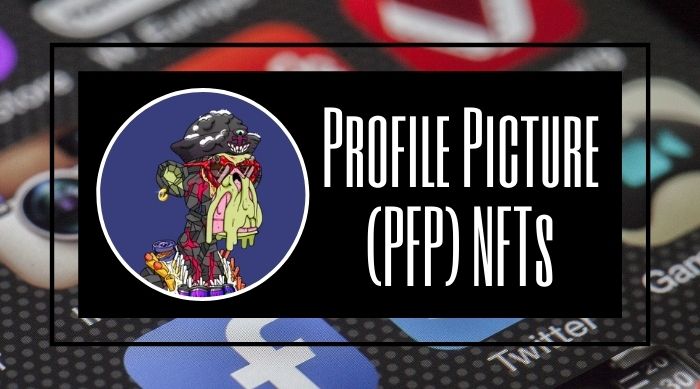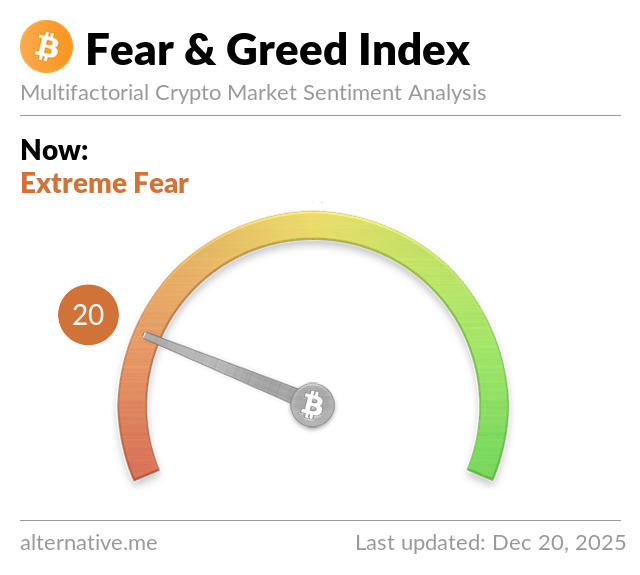Profile picture NFTs are a bit like hood ornaments; they are meant to signify a certain type of social media user–someone who owns NFTs and is proud of it. A profile picture NFT is exactly what the name implies; digital images bought, sold, or traded as NFTs serving as a profile pic or avatar. Some of these NFTs have utility above and beyond simple profile images, and some may actually have utility in virtual worlds as playable 3-D avatars or characters.
Profile Picture NFTs
The Larva Labs CryptoPunks project debuted in 2017 and this NFT project is credited with being the first to introduce the notion of using NFTs as profile pictures. Project creators John Watkinson and Matt Hall wanted to try an experiment in collecting, demand, and the creation of scarcity or rarity.

The pair created a set of automated templates used to create an 8-bit pixel art image of a “CryptoPunk” likely inspired by both the first wave of British punk and the American/Canadian phenomenon known as cyberpunk.
These early images were randomly created and stored on the Ethereum blockchain with rankings based on the number and type of randomly generated traits like hair, hats, accessories, clothing, etc. Some of the CryptoPunks were created as “rare” variants like zombies and aliens.
This project was unique and ground-breaking in part thanks to the limitations imposed by Larva Labs including the innovation of the standardized Ethereum NFT token ER-721. Earlier versions of these NFTs were essentially ERC-20 tokens.
CryptoPunks are thought to have spearheaded the entire wave of interest in NFTs in 2021 and the 10,000-token strong collection was purchased by Yuga Labs in 2022.
Yuga Labs is the parent company of Bored Ape Yacht Club, and today’s CryptoPunks NFT owners have the same rights and options as the holders of other Yuga Labs NFTs. Those options include permission to use derivative rights to the NFT to create and market merchandise or other products from CryptoPunks NFTs.
Today, those who buy NFTs to use as profile pictures have Yuga Labs and Larva Labs to thank for the fad; buying and using NFTs in social media is more than a popular trend. Using your NFT as a social media profile is a status symbol and some in the space feel it’s important to have these NFTs to “flex” as a visible display of wealth and influence.
Twitter And Profile Picture NFTs
How far would the NFT profile pic fad have gotten if not for the attention of a major early adopter like Twitter? The social media giant offered to start verifying users who owned NFTs associated with active Twitter profiles and starting in January of 2022 you could personalize your Twitter account by setting the profile pic to an NFT; Twitter places a special border around these “verified” images to indicate they are authentic NFT owners.
This feature may be restricted to paid subscriber accounts and at press time was powered by Twitter’s relationship with OpenSea.io. The participation of Twitter in this way has helped legitimize this entire process, at least where the “street cred” of owning NFTs is concerned.
Owning Profile Picture NFTs
It turns out that in some circles, profile picture NFTs or PFP NFTs are among the most popular of all NFT types for sale. Vogue magazine reports that some fashion houses have taken to dressing up NFTs in their wares, which opens the floodgates for a whole new universe of opportunities that high-visibility fashion houses and NFT project owners could discover together.
Can you buy an NFT strictly for the purpose of using it as your avatar in an online game or on social media? Yes, you can. But the utility for many such NFTs including Bored Apes Yacht Club, CryptoPunks, and other projects includes membership in an exclusive NFT community, and possible early access to new NFTs or virtual worlds.
Owning an NFT can also mean having voting rights for a new project, and early warning/early access to in-real-life events or merch drops.
The utility differs depending on the project. Each one may have its own “walled garden” or gated community membership based on the ownership of NFTs, and the value of all NFTs in the collection may rise or fall depending on demand and other variables. It’s true that “rare” NFTs may command more money from the same collection but in general these are outliers (at least at press time) and the collections as a whole tend to rise and fall in value together.
What To Know About Buying PFP NFTs
Do a bit of research on what not to do when buying crypto and NFTs and you’ll run into some good advice including strong warnings against “going FOMO” with NFT projects that have no track record, no hype, or feedback. You should be extremely careful about verifying unknown third-party NFT projects and avoid being drawn into gas fee wars.
It is crucial to remember that even when crypto bloggers start throwing around traditional investment terms like “long-term investments” and “blue chip” NFTs, this industry is far too young to ascribe such terms to any portion of cryptocurrency or NFT investing.
Don’t be suckered by the free and easy use of terms like “blue chip NFTs”. This is far more wishful thinking at press time than actual reality.
Investopedia defines “blue chip” investments as representing “high-quality, widely accepted products and services. Blue-chip companies are known to weather downturns and operate profitably in the face of adverse economic conditions” and we simply don’t have enough long-tail data on NFTs and crypto to know who or what is blue chip and what is not.
Remember that stocks, bonds, and other trad investing instruments have been around for literal centuries. Crypto has not.
Joe Wallace has covered real estate and financial topics, including crypto and NFTs since 1995. His work has appeared on Veteran.com, The Pentagon Channel, ABC and many print and online publications. Joe is a 13-year veteran of the United States Air Force and a former reporter for Air Force Television News.


